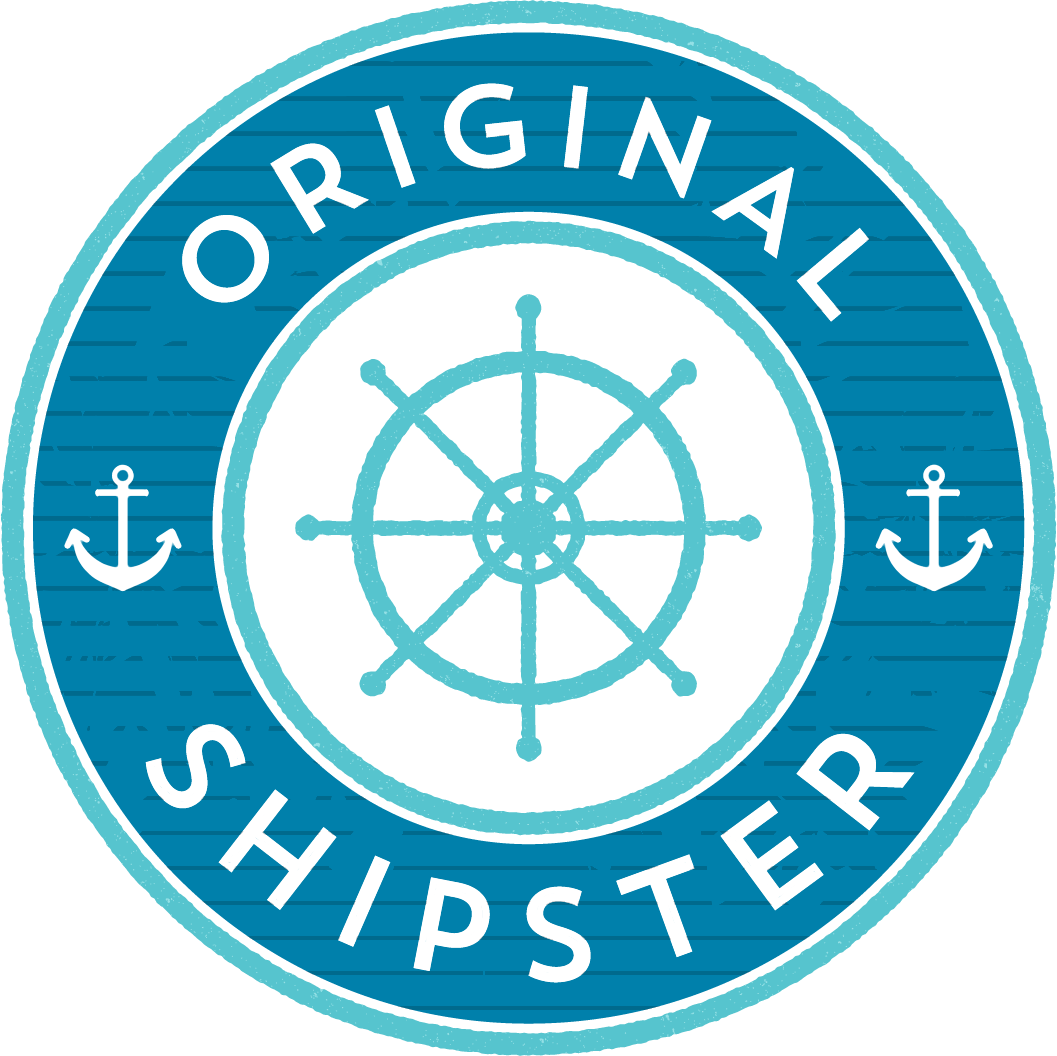Over the Waves: HMS Calypso
At the turn of the century, Newfoundland did not have a standing military force. They had many cadet groups, such as the Church Lads Brigade (CLB) and the Catholic Cadet Corps (CCC), but none of these were sanctioned protection groups. In 1902 the decision was made to change this, and the Newfoundland Royal Naval Reserve was born. Now, all they needed was a vessel to train their new sailors. Thats where the HMS Calypso came in.
Nationality: British
Length: 71.6 metres
Beam: 13.6 metres
Draught: 6.1 metres
Speed: 13.75 knots
Class: Calypso-class Corvette, later training vessel
Year: 1883
Other names: HMS Briton
The HMS Calypso in her glory days.
Built in 1883, the Calypso had lead a successful career as one of the Royal Navy's last sailing ships. She and her sister ship the HMS Calliope had served on many missions. She was unique in that she was outfitted with both a full engine and single screw prop, and three masts and full brig sail. The sails were used in times when there was no guarantee that they would be able to get into port for fuel. As with other vessels of her time, she had a hull made of iron, but in keeping with sailing tradition, that hull was then cased in oak and teak wood. It made her quite stunning when she was at sea!
By 1902, the Navy had decided that maybe she wasn't the most practical ship to continue with their military and other missions. They agreed with the Government of Newfoundland to provide them with the vessel to be used as a training ship, provided that the government agreed to undertake the cost of a much needed refit, and pay for the training of their sailors. The colony agreed, and in 1902 the HMS Calypso arrived in her new home.
Here, her masts and funnel were removed, and a house-like structure was constructed on top of her. All through the First World War she would serve as home base for the men of the Newfoundland Royal Naval Reserve, giving them space to sleep, eat, learn drill, and train for when they were sent off to their ships in the Royal Navy. True, she may not have been as pretty to look at as she was in her glory day, but she served her purpose well.
In 1916, a new vessel was launched under the British flag, and the Calypso was renamed the HMS Briton, her old name being given to the new ship. In 1920, the war was over, and discussion turned to what would be done with the Briton. The Naval Reserve was disbanded in 1921, so there was no more need for her as a training vessel. The owner of the dock she was moored to had been fighting for years to have her removed, and now his argument had weight. In 1922, she was sold, and she lived out the rest of her days in St. John's harbour, used to store salt.
The Calypso off the coast of Embree.
In 1952, she was towed to just off the coast of Lewisporte, NL, and talk turned to trying to preserve her. Unfortunately, there was too much work to be done and not enough funding to do it, so she sat in the harbour. In 1968, she took her final journey to a coastal bay near Embree, NL, where she was burned to her hull and left to the mercy of the ocean. You can still see her above the water today, and there's a really interesting video of a group walking out to her on Youtube, if anyone is interested.
True, there were other vessels similar to her that saw service, and were even sunk in the heat of battle. I really like the Calypso for the simple reason that she was the point that all the Navy sailors emerged from, the first fighting force of the 20th Century for Newfoundland.
Images this week came from here and here!
I'm also on Twitter! If you want quicker updates, random tidbits and facts, or the odd during the week picture of the harbour, feel free to follow me! I also post other random, not nautical-related stuff. Sometimes. Check it out @OriginalShipstr
